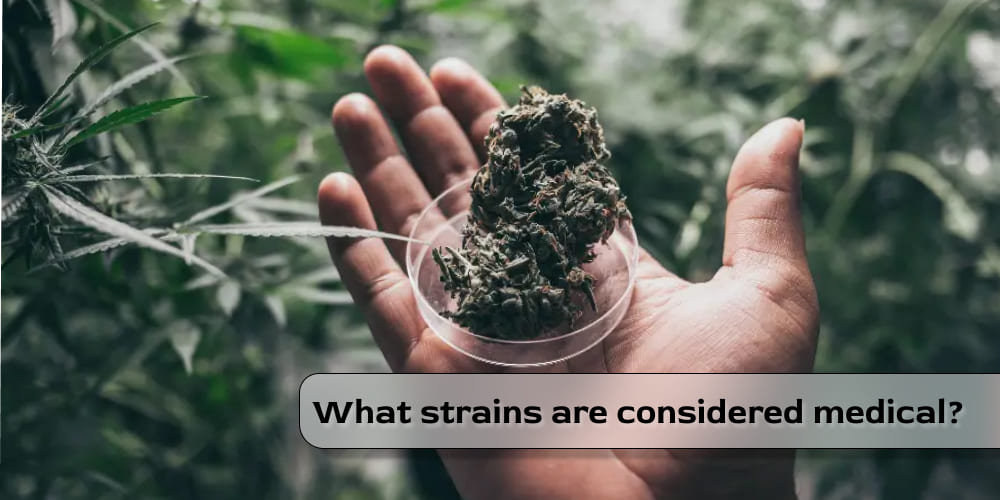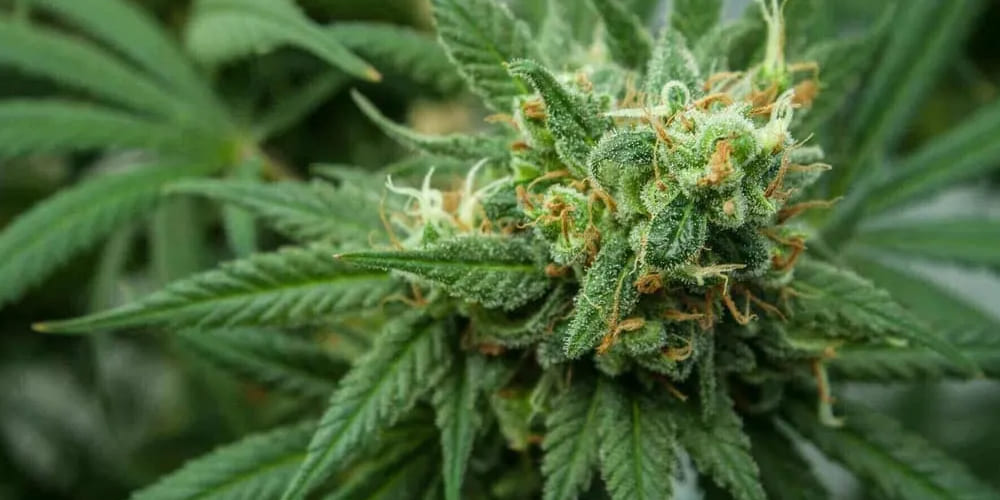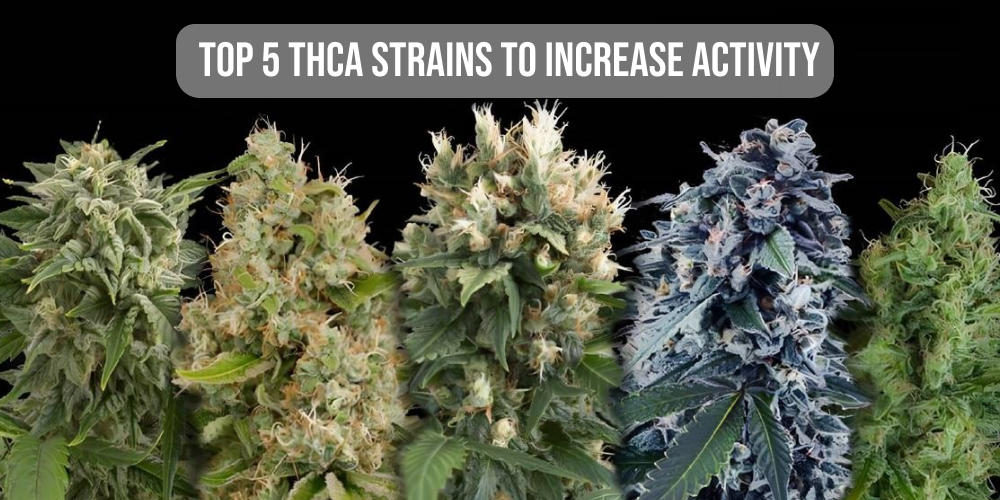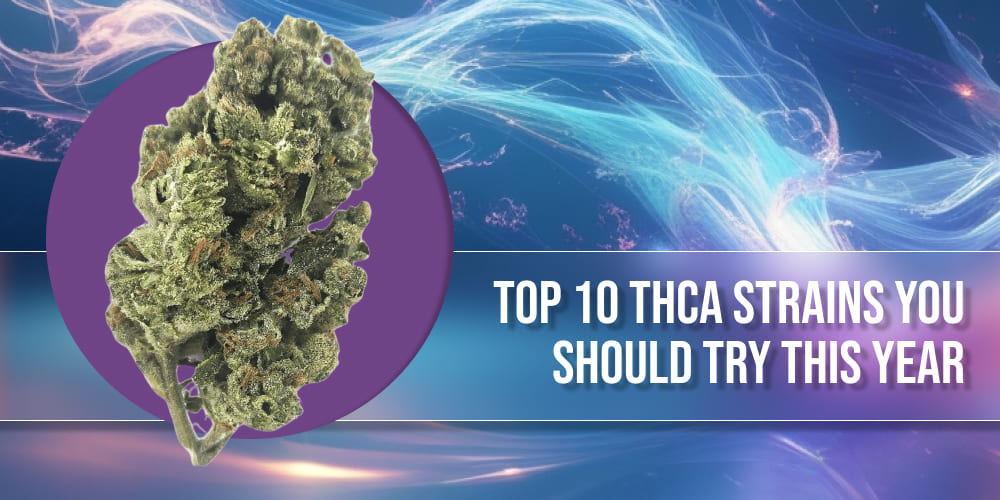Learn more about !
What Strains Are Considered Medical?

What Strains Are Considered Medical? Cannabis has gained increasing popularity as a treatment for various medical conditions, from chronic pain and anxiety to epilepsy and insomnia. As medical cannabis becomes more accessible, one of the most common questions asked is: “What strains are considered medical?” In this article, we explore what makes a strain suitable for medical use, the factors that differentiate medical strains from recreational varieties, and how to choose the right strain based on individual needs.
What Makes a Cannabis Strain Medical?
Medical strains are cannabis varieties specifically bred to offer therapeutic effects. These strains are not intended for recreational use; instead, they are carefully cultivated to address particular health concerns. The key to what makes a strain medical lies in its cannabinoid content, terpene profile, and the ability to provide consistent and reliable relief for various symptoms.
1. Cannabinoid Content: THC and CBD in Medical Strains
When considering what strains are considered medical, the cannabinoid content plays a central role. The two main cannabinoids in cannabis—tetrahydrocannabinol (THC) and cannabidiol (CBD)—have distinct medicinal properties that define whether a strain is suited for medical use.
- THC (Tetrahydrocannabinol): THC is the most well-known cannabinoid, responsible for the “high” that many cannabis users experience. However, in medical strains, THC plays a critical role in providing pain relief, appetite stimulation, and managing symptoms like nausea and muscle spasms. Medical strains with THC are carefully bred to ensure that the psychoactive effects do not overwhelm the therapeutic benefits, making them suitable for medical use.
- CBD (Cannabidiol): In contrast to THC, CBD is non-psychoactive and does not cause a high. It is increasingly recognized for its medical benefits, including reducing anxiety, inflammation, and chronic pain, as well as treating neurological disorders like epilepsy. Medical strains that are rich in CBD are ideal for patients seeking therapeutic benefits without the mental impairment associated with THC.
The right balance of THC and CBD in medical strains is essential for their effectiveness in treating specific conditions. Some strains may have a higher THC content for pain relief, while others may emphasize CBD for anxiety or inflammation management.

Popular Medical Strains with Specific Cannabinoid Profiles:
- ACDC: A high-CBD strain that is low in THC, ACDC is ideal for those seeking relief from anxiety, pain, and inflammation without any psychoactive effects. Its 20:1 CBD-to-THC ratio makes it a top choice for medical use.
- Harlequin: Known for its balanced THC and CBD content, Harlequin is a versatile medical strain. It provides mild euphoria while effectively managing pain and anxiety. This strain is often used for conditions like arthritis and stress.
- OG Kush: A THC-dominant strain, OG Kush is commonly used for treating pain, nausea, and appetite loss. Its strong, relaxing effects are also helpful for managing stress and anxiety.
2. Terpene Profile in Medical Strains
While cannabinoids like THC and CBD are the most well-known components of medical strains, terpenes also play a vital role in their therapeutic effects. Terpenes are aromatic compounds found in cannabis that not only affect the flavor and smell of the strain but also contribute to its medicinal properties.
In medical strains, terpenes work synergistically with cannabinoids to enhance or modify their effects through the entourage effect. Here are some terpenes commonly found in medical strains:
- Myrcene: Known for its sedative properties, myrcene is a terpene commonly found in strains used for treating insomnia, chronic pain, and muscle tension. It is particularly prevalent in indica-dominant strains.
- Limonene: Found in citrus-scented strains, limonene is associated with mood-enhancing effects. It is often present in strains used to treat depression and anxiety, as it can help elevate mood and reduce stress.
- Caryophyllene: This peppery terpene has anti-inflammatory and pain-relieving properties, making it a key component in strains designed to treat arthritis, muscle pain, and general inflammation.
- Linalool: Known for its lavender-like aroma, linalool has calming properties and is often found in medical strains aimed at reducing anxiety, stress, and promoting relaxation.

Popular Medical Strains with Specific Terpene Profiles:
- Granddaddy Purple: This indica-dominant strain is rich in myrcene and linalool, making it an excellent choice for treating insomnia and stress-related disorders. Its sedative effects help promote relaxation and improve sleep quality.
- Jack Herer: A sativa-dominant strain with a high level of limonene, Jack Herer is ideal for improving mood and mental clarity. It is often used to treat depression, anxiety, and fatigue.
- Bubba Kush: With its calming effects and high myrcene content, Bubba Kush is often chosen for managing pain, insomnia, and stress. Its terpene profile helps relax the body and ease tension.
3. Strain Types: Indica, Sativa, and Hybrid Medical Strains
Another important factor when determining what strains are considered medical is the type of strain. Cannabis is classified into three main categories: Indica, Sativa, and Hybrid. Each type offers unique effects that make them more or less suited for certain medical conditions.
- Indica Strains: Indica-dominant medical strains are known for their calming, sedative effects. These strains are typically used for conditions such as insomnia, chronic pain, and anxiety. The relaxing effects of indica strains make them ideal for evening use, helping to ease the body and mind before sleep.
- Sativa Strains: Sativa-dominant medical strains tend to be more energizing and uplifting. These strains are commonly used to treat depression, fatigue, and lack of focus. Sativa strains can enhance mood and provide mental clarity, making them ideal for daytime use.
- Hybrid Strains: Hybrid strains combine the genetics of both indica and sativa, offering a balanced effect. These strains are often tailored to treat specific conditions by combining the pain-relieving properties of indica with the energizing effects of sativa. Hybrids are versatile and can be used to address a wide range of medical symptoms.
Popular Medical Strains by Type:
- Indica: Northern Lights is a classic indica strain known for its relaxing effects, making it ideal for treating insomnia, stress, and chronic pain.
- Sativa: Durban Poison is a pure sativa strain, popular for its uplifting and energizing effects, making it a top choice for managing fatigue and depression.
- Hybrid: Blue Dream is a balanced hybrid that provides both mental stimulation and body relaxation, making it a popular choice for pain relief, stress management, and overall relaxation.
4. Proven Medical Benefits and Research Behind Medical Strains
When considering what strains are considered medical, it’s important to note that strains are often backed by clinical research and evidence. Many strains have been studied for their ability to treat specific medical conditions. Here are some examples of medical strains with proven therapeutic benefits:
- Chronic pain: Strains with higher THC content, such as OG Kush and ACDC, have been found to help alleviate pain associated with conditions like arthritis, fibromyalgia, and multiple sclerosis.
- Anxiety and stress: Strains rich in CBD, like Charlotte’s Web and Harlequin, are widely used for treating anxiety, PTSD, and stress-related disorders. These strains provide relief without causing the high associated with THC.
- Insomnia: Indica-dominant strains such as Granddaddy Purple and Northern Lights are known for their calming effects, making them effective in treating insomnia and promoting better sleep quality.
- Seizure disorders: Strains high in CBD, such as Charlotte’s Web, have been shown to reduce the frequency of seizures in patients with epilepsy.
The clinical evidence supporting these medical strains further cements their reputation as effective treatments for a wide variety of conditions.

5. Quality Control and Consistency in Medical Strains
For cannabis to be considered medical, it must be produced under stringent quality control standards. Unlike recreational cannabis, which can vary in potency and consistency, medical strains are cultivated to ensure uniformity and reliability. This includes testing for contaminants such as pesticides, mold, and heavy metals, ensuring the product is safe and effective for patients.
Consistent medical strains are crucial for patients who rely on cannabis as part of their treatment plan. When selecting a medical strain, patients can expect a reliable and predictable experience every time they use the product.
6. Personalization of Treatment with Medical Strains
One of the key advantages of medical strains is that they can be tailored to meet the individual needs of patients. Medical cannabis is not a one-size-fits-all solution, and different strains may work better for different symptoms. A healthcare provider or dispensary expert can help patients select the medical strain best suited for their specific condition, whether it’s for pain relief, anxiety reduction, or promoting better sleep.
Is THCA Legal in Kansas 2025?
Does Sativa Or Indica Make You Sleepy
Trichomes Why Does Cannabis Produce Cannabinoids
FAQ: What Strains Are Considered Medical?
What is a medical cannabis strain?
A medical cannabis strain refers to a variety of cannabis that has been specifically cultivated for therapeutic purposes. These strains are bred to offer consistent relief for certain medical conditions by providing an optimal balance of cannabinoids, such as THC and CBD, along with beneficial terpenes. The main goal of medical strains is to alleviate symptoms such as chronic pain, anxiety, insomnia, and inflammation.
What are the main cannabinoids found in medical cannabis strains?
The two primary cannabinoids found in medical strains are THC (tetrahydrocannabinol) and CBD (cannabidiol). THC is responsible for the psychoactive effects and is commonly used in medical strains for pain relief, appetite stimulation, and managing nausea. CBD, on the other hand, is non-psychoactive and is frequently used for its anti-inflammatory, anti-anxiety, and anti-seizure properties. The ratio of THC to CBD in medical strains determines their suitability for specific medical conditions.
How do terpenes influence medical cannabis strains?
Terpenes are aromatic compounds found in cannabis that not only affect the smell and flavor but also contribute to the medical strains‘ therapeutic effects. Terpenes such as myrcene, limonene, and caryophyllene can enhance the healing properties of cannabinoids through the entourage effect, which means they work together to produce a stronger therapeutic effect. For example, myrcene has sedative properties, making it ideal for managing insomnia and pain, while limonene can uplift mood and reduce anxiety.

What are some popular medical cannabis strains?
There are many medical strains available to address different health concerns. Some popular strains include:
- ACDC: A high-CBD strain, known for its calming effects and useful in treating anxiety, inflammation, and chronic pain.
- Harlequin: A balanced medical strain with both THC and CBD, commonly used for managing pain, stress, and anxiety.
- OG Kush: A THC-dominant strain, effective for pain relief, nausea, and appetite stimulation.
- Charlotte’s Web: A renowned medical strain rich in CBD, primarily used to treat epilepsy and seizure disorders.
How do I choose the right medical cannabis strain for my condition?
Choosing the right medical strain depends on the condition you wish to treat and your individual response to cannabinoids. Indica strains like Granddaddy Purple are excellent for insomnia and pain relief, while sativa strains like Durban Poison are better for improving mood and energy levels. Hybrid strains, such as Blue Dream, offer a balance of effects and can be tailored to treat a variety of symptoms. It is recommended to consult with a healthcare provider or dispensary expert to find the best medical strain for your needs.
Top 10 Best THCA Flower Strains in 2025
Does Sativa Or Indica Make You Sleepy
Top 5 Best Sativa Strains
Conclusion: What Strains Are Considered Medical?
So, what strains are considered medical? Medical strains are those that have been specifically bred and tested to provide therapeutic benefits for a variety of conditions. Whether it’s through the right balance of THC and CBD, the beneficial terpenes present, or their ability to treat specific symptoms, medical strains offer a safe and effective alternative to traditional pharmaceuticals for many patients.
When selecting medical strains, patients should consider their individual needs, preferences, and the specific symptoms they wish to address. With the growing availability and research supporting medical strains, cannabis continues to provide a valuable tool in the treatment of numerous medical conditions.


















